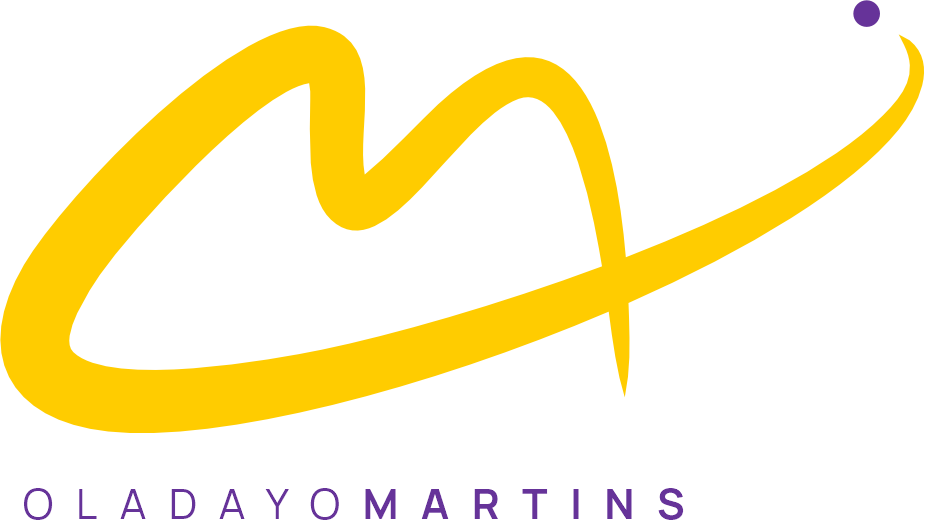Twenty years is a very long period, particularly in terms of how long the internet has been around, and that is how old the first version of the Google Webmaster Guidelines is.
Today, Google performed a significant update to those Webmaster Guidelines, and as part of that process, they changed the name of the document to Google Search Essentials.
What is Google Search Essentials
Google has tagged this to mean a simplified version of the google webmaster guidelines. It is a refreshed guideline for site owners and it is aimed at making the core of searcher-focused content top of the kind while performing andy webpage tasks.
Why the change? In addition to the fact that it has been around for twenty years, Google has said that “a lot has changed since 2002” in regard to the internet and Google Search in general. According to Search Engine Land, a Google spokeswoman said that the revised standards have been streamlined and simplified and that they have also been changed “to ensure people have clear information for how to develop sites that serve people effectively.” In addition to this, Google informed us that “the objective is to make this information relevant and easy to comprehend and to assist site owners to concentrate on areas that matter for your site.”
What changed? Simply said, Google determined it was time for a big update to the previous Google Webmaster Guidelines after making several minor tweaks over the years. Google Search Essentials now consists of three categories of points covered in the former Webmaster Guidelines.
Categories Covered in Google Search Essentials
The three categories covered in Google Search Essentials include:
- Technical requirements
- Key best practices
- Spam policies
We’ll look at the categories in more detail in the sections below.
Technical requirements
There are just a few technical adjustments that need to be made to a website before it can be included in Google Search. Google claims that the majority of websites automatically pass the technical standards.
The following specifications apply to the technical aspects:
- Googlebot isn’t blocked
- The page works (it’s not an error page)
- The page has indexable content
To put it another way, you should publish your information in a manner that Google can index and ensure that it is accessible to Google.
That is the very minimal requirement for a web page to be included in Google’s index.
On the other side, ranking a webpage requires more effort on the part of the website owner. Let’s move on to the next part, which is going to highlight the most important best practices.
Key best practices
Additional things to take into account while writing content that will be simpler for users to locate in search results are some of the main best practices that are outlined in Google’s Search Essentials.
The following are some of Google’s best practices:
- Create helpful content.
- Use keywords people would search for and place them in prominent areas, such as titles, headings, and alt text.
- Make links crawlable.
- Tell people about your site.
- Follow specific best practices for images, video, structured data, and JavaScript.
- Enhance how your site appears in search with rich snippets.
- If you have content you don’t want to be found in Google Search, block it from Google’s crawlers.
Spam Policies
In the section on spam rules, actions and strategies are discussed that may cause a page or website to have a worse ranking on Google Search or even be removed entirely from the index.
Google’s spam policies include the following:
- Cloaking
- Doorways
- Hacked content
- Hidden text and links
- Keyword stuffing
- Link spam
- Machine-generated traffic
- Malware and malicious behaviours
- Misleading functionality
- Scraped content
- Sneaky redirects
- Spammy automatically-generated content
- Thin affiliate pages
- User-generated spam
- Copyright-removal requests
- Online harassment removals
- Scam and fraud
How Does it Impact SEOs?
The Webmaster Guidelines has been the go-to resource for SEO best practices in Google Search for the past two decades. Changing the name and updating this resource isn’t expected to be a big deal for SEOs
Google essentially made the guide more easily to navigate and follow through by further categorising it.
Since the search industry has evolved beyond webmasters as mentioned by google, it only makes sense to look for a name that is able to accommodate all stakeholders.



